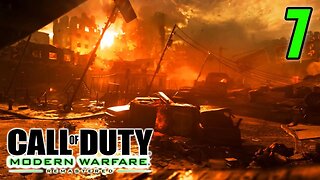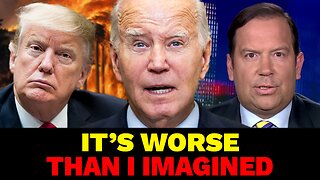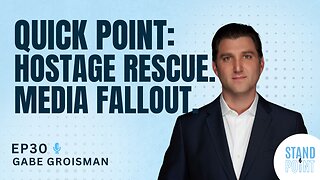The Italian Renaissance | The Renaissance - Changing Interpretations (Lecture 2)
Lecture 2: The Renaissance cannot be easily defined either geographically or chronologically. Because the Renaissance represented a set of ideas and attitudes, it became visible at different times in different places, depending upon the social, economic, political, and cultural context of each region. Furthermore, the Renaissance was the first self-conscious period of European history. It was articulated by the Italian Humanist writer Giovanni Boccaccio (d. 1375), who recognized that a new world was being created, a world based partly on the experience of new groups with new aspirations and partly on the recovery of ancient models. Hence, we have come to know it as the period of rebirth, or in French, the period of the Renaissance. This lecture will define the phenomenon of the Renaissance and investigate its historiography from the 14th century to the present.
Secondary Sources:
Benjamin G. Kohl and Alison Andrews Smith, eds., Major Problems in the History of the Italian Renaissance.
Supplementary Reading:
Eric Cochrane, Historians and Historiography in the Italian Renaissance.
Wallace K. Ferguson, The Renaissance in Historical Thought: Five Centuries of Interpretation.
Denys Hay, ed., The Renaissance Debate.
-
 8:55
8:55
Evenout
3 hours agoLosing 20 Pounds in One Workout Twin Switch-Up Prank!
8.51K1 -
 1:19:52
1:19:52
Tactical Advisor
9 hours agoNEW Vault Room Wall - Vault Room Live Stream
61K5 -
 30:39
30:39
Degenerate Plays
3 hours agoI'm Sorry Paul Jackson, California's For Real - Call Of Duty Modern Warfare Remastered : Part 7
22K2 -
 28:09
28:09
Stephen Gardner
4 hours ago🔴Biden BLAMING Trump for This is RIDICULOUS!!
31.2K18 -
 1:03:53
1:03:53
In The Litter Box w/ Jewels & Catturd
23 hours agoHappy Birthday President Trump! | In the Litter Box w/ Jewels & Catturd - Ep. 587 - 6/14/2024
68.2K52 -
 1:05:31
1:05:31
Hometalk
5 hours agoStick a wire basket into a tomato cage for this BRILLIANT porch idea!
33K -
 2:27:33
2:27:33
Barstool Yak
9 hours agoThe Yak with Big Cat & Co. Presented by Rhoback | The Yak 6-14-24
39.9K1 -
 1:00:08
1:00:08
The Quartering
7 hours agoRussia Offers Peace, Supreme Court Win & Insane Alex Jones Update
50.8K78 -
 52:25
52:25
shaneyyricch
5 hours agoLOGAN PAUL JOINS THE DARK SIDE
29.7K12 -
 17:32
17:32
Standpoint with Gabe Groisman
7 hours agoEp. 30. Quick Point: Hostage Rescue; Media Fallout. 6/14/24
47.3K19